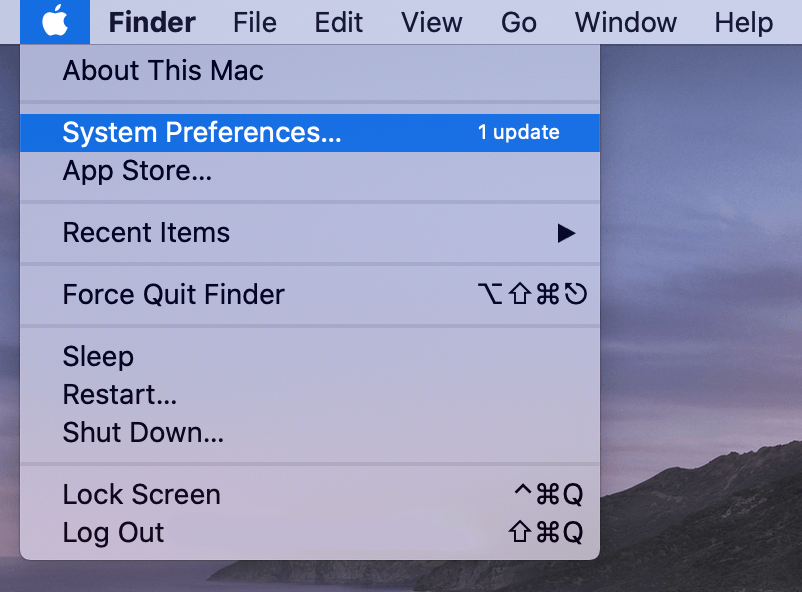

- #HOW TO FORCE CLOSE ON MAC FROM PREFERENCES INSTALL#
- #HOW TO FORCE CLOSE ON MAC FROM PREFERENCES UPDATE#
- #HOW TO FORCE CLOSE ON MAC FROM PREFERENCES PRO#
One of the widely reported scenarios where WindowServer consumes too much CPU and RAM is related to connecting an external monitor to a Mac machine. If the utility spots malicious code, you will need to buy a license to get rid of it. Download Now Learn how ComboCleaner works. This way, you may reduce the cleanup time from hours to minutes.

Therefore, it is recommended to download Combo Cleaner and scan your system for these stubborn files. Malware causing WindowServer to use a lot of CPU may re-infect your Mac multiple times unless you delete all of its fragments, including hidden ones. This doesn’t mean that it operates flawlessly at all times, though. Therefore, it is a hugely important and harmless system element. Whenever you’re using an app, surfing the web via your browser, seeing an ad online, or playing a game, WindowServer is the entity that enables you to view it all dynamically.

It is executed once you log in and stops running as soon as you log out. The core macOS process sits in between the programs you run and their graphical manifestation you see on the display. It is also defined as a compositing engine responsible for reflecting application behavior on the Mac’s screen. First things first, here is some wiki stuff on this matter: WindowServer is a collection of services tasked with window management. So, what is WindowServer on a Mac? And why does its CPU usage occasionally skyrocket? Let’s try to figure out. It’s worth mentioning that the WindowServer related bug is often observed alongside unproportioned CPU consumption by the following processes: nsurlsessiond, mdnsresponder, mds_stores, hidd, trustd, photoanalysisd, gamecontrollerd and syslogd. This bug doesn’t appear to survive Mac reboots, but this measure has a short-time effect and the issue eventually re-emerges. In many cases, this drag co-occurs with abnormally high memory consumption. Many users who run into such a situation and open the Activity Monitor to do some reconnaissance discover that a process named WindowServer is constantly using up most of the CPU resources.
#HOW TO FORCE CLOSE ON MAC FROM PREFERENCES PRO#
But what if the performance of a brand-new or recently released MacBook, iMac, Mac Pro is running slower than usual? This condition requires some insight into the whys.
#HOW TO FORCE CLOSE ON MAC FROM PREFERENCES INSTALL#
If the machine’s hardware is upgradeable, one decent workaround is to install more RAM and replace the standard “spinning” storage media with a faster SSD drive. Slowdown issues are a natural upshot of a Mac starting to age and lacking the resources to support increasingly resource-intensive applications. Use the tool to remove the infection if found. Scan your Mac with Combo Cleaner to detect all files related to the malware. Serious Mac performance hit, kernel panics, random reboots
#HOW TO FORCE CLOSE ON MAC FROM PREFERENCES UPDATE#
Uses a lot of CPU and RAM, causes Mac slowdown, Activity Monitor alertsįake Adobe Flash Player update popups, malware-riddled bundles, drive-by downloads Nsurlsessiond, mdnsresponder, mds_stores, hidd, trustd, syslogd, kernel_task, gamecontrollerd, photoanalysisd Mac adware, potentially unwanted application (PUA)


 0 kommentar(er)
0 kommentar(er)
